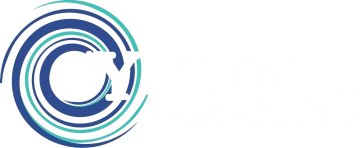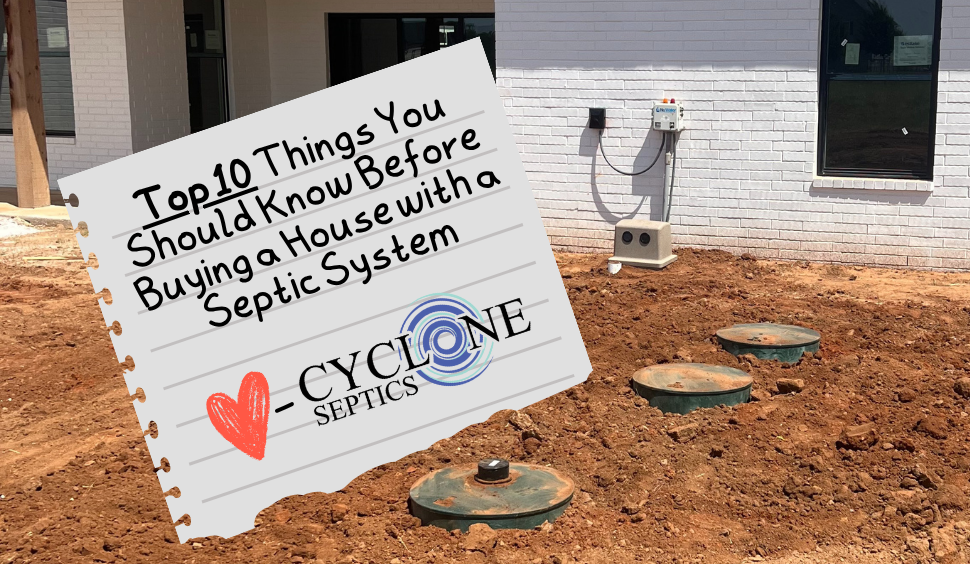Top 10 Things You Should Know Before Buying a House with a Septic System
If you’re considering purchasing a home with a septic system – especially in rural areas like we see in Oklahoma – it’s essential to understand what you’re getting into. Septic systems are common and efficient but come with their own responsibilities. Here’s what you need to know before signing the dotted line.
1. Understand How Septic Systems Work
A septic system treats and disposes of household wastewater on-site. It usually consists of primary treatment – like a septic tank – and secondary treatment – like a drainfield.
Wastewater flows into the tank where solids settle, and effluent then goes to the secondary treatment.
Knowing this process helps you better spot issues or neglect.
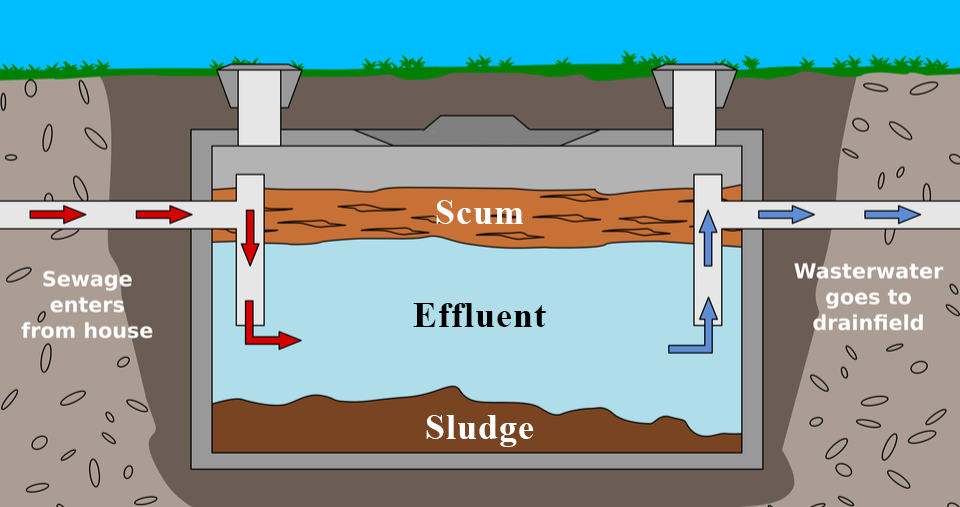
2. Identify the Type of Septic System
Common types in Oklahoma include:
- Conventional System: Probably what you think of when you hear “septic”. They are low-maintenance but will fail if not taken care of.
- Aerobic Systems: Require electricity and maintenance but treat wastewater more thoroughly and are a great option for poor soils or small lots.
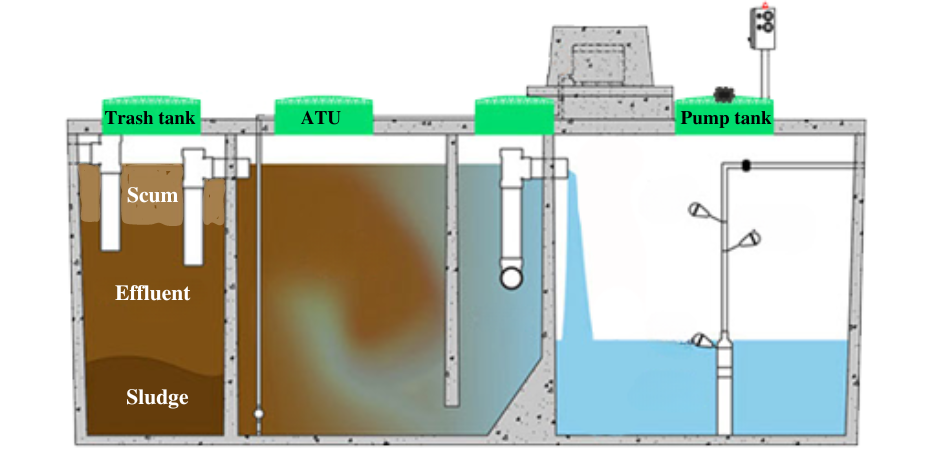
3. Request Maintenance Records
Ask for documentation including the last time it was pumped, any inspection reports, and a history of repairs or upgrades. Regular maintenance is a good sign the system was cared for.
In Oklahoma, it is state law that installation, pumping, and some inspection records be kept by the service provider for 3 years.
If records aren’t available, it could mean the system was installed illegally.
4. Schedule a Professional Inspection
Even if it seems fine, a certified septic inspector can identify leaks, clogs, or drainfield issues that may not be obvious. Lenders often require an inspection before approving a loan.
5. Locate the Septic System Components
Ensure you know where the tank, drainfield, and access points are located. This knowledge is crucial for maintenance and avoiding accidental damage during landscaping or construction.
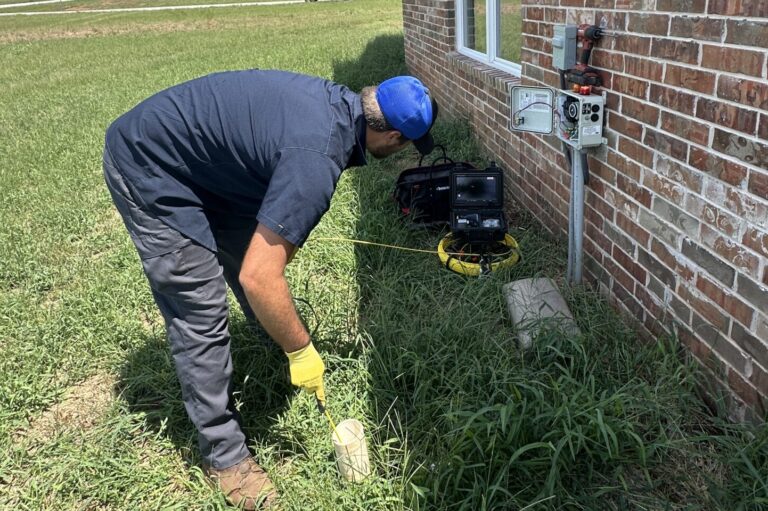
6. Understand Local Regulations
Septic system requirements vary by location. In Oklahoma, for instance, a permit is required for every septic system (yes, even if it’s not in town) along with possible inspections.
Consult a reputable septic company near you, like Cyclone Septics, or the Oklahoma DEQ to ensure compliance.
7. Evaluate the Drainfield Area
Inspect the drainfield for signs of failure, such as:
- Standing water
- Unpleasant odors
- Lush vegetation
These indicators may suggest the system is overloaded or malfunctioning.
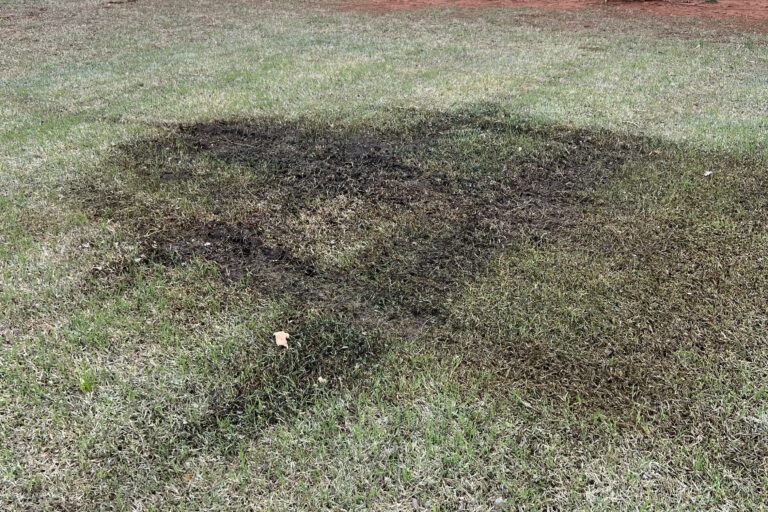
8. Consider Future Usage
Think about your household size and water usage habits. Increased usage may strain an existing system, leading to failures requiring upgrades or replacements.
Plan accordingly to avoid unexpected expenses. Septic systems are designed based on the number of bedrooms in the home so extra occupants may cause the septic system to fail.
9. Budget for Maintenance Costs
Regular septic maintenance includes:
- Pumping: Every 2-5 years, costing $400-$600.
- Inspections: As needed or required by local regulations.
Proper budgeting ensures the system remains functional and avoids costly repairs. Your septic system expenses may seem like a lot but often cost less than public sewer when added up.
Investing in a septic maintenance plan can help you spread the costs over time.
10. Educate Yourself on Proper Usage
To prolong the life of your septic system:
- Avoid flushing non-biodegradable items.
- Avoid using wipes or “premium” toilet paper.
- Conserve water to prevent overloading the system.
Buying a home with a septic system doesn’t have to be daunting. With the right knowledge and proactive measures, you can enjoy the benefits of a well-maintained system. Always consult professionals when in doubt, and prioritize regular maintenance to ensure longevity and functionality.
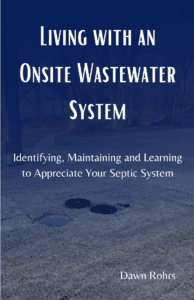
You can learn more about your septic system by purchasing Living With an Onsite Wastewater System on Amazon.
